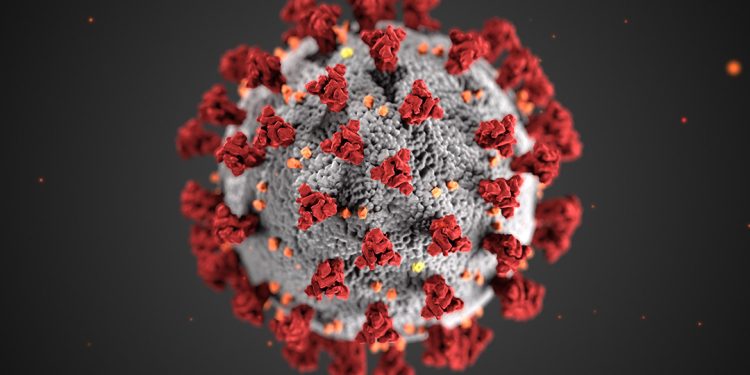A new COVID-19 variant is now circulating in California, and health experts are keeping a close eye on its spread as signs point to rising risks in the months ahead.
NB.1.8.1, a recently identified substrain of the virus, was first detected in China last month. Scientists at Stanford have now confirmed its presence in California’s wastewater samples, particularly in the Bay Area.
“It’s been reported in Europe and it’s been reported here in the U.S., and we’ve seen it in our wastewater in California, so it’s around,” said Dr. John Swartzberg, UC Berkeley infectious disease and vaccinology expert.
While the strain doesn’t appear more severe, it is more contagious, according to researchers.
“It seems to bind to cell receptor sites more effectively, which could mean it’s more transmissible,” Dr. Swartzberg explained.
What to Expect in the Coming Months
COVID-19 case numbers have remained relatively low throughout 2025 so far. But that may not last.
“Come fall and winter—respiratory season—we could see a resurgence, with more infections, hospitalizations, and deaths,” said Dr. Arthur Reingold, an epidemiologist at UC Berkeley.
This potential spike could influence decisions about upcoming COVID boosters, especially in light of recent federal policy changes.
Vaccine Access and Policy Shifts
Health and Human Services Secretary Robert F. Kennedy Jr. recently removed COVID vaccines from the CDC’s immunization schedule for pregnant women and healthy children, drawing concern from medical professionals.
“When pregnant women are vaccinated, antibodies pass to the baby and protect them for up to six months. That protection is now being lost,” Dr. Swartzberg warned.
Despite shifting policies, experts still recommend vaccination.
“I personally am going to get a booster, and I recommend my friends and family do the same,” Dr. Reingold added.
As the situation evolves, experts urge the public to stay informed and take preventive steps—especially with respiratory illness season around the corner.









